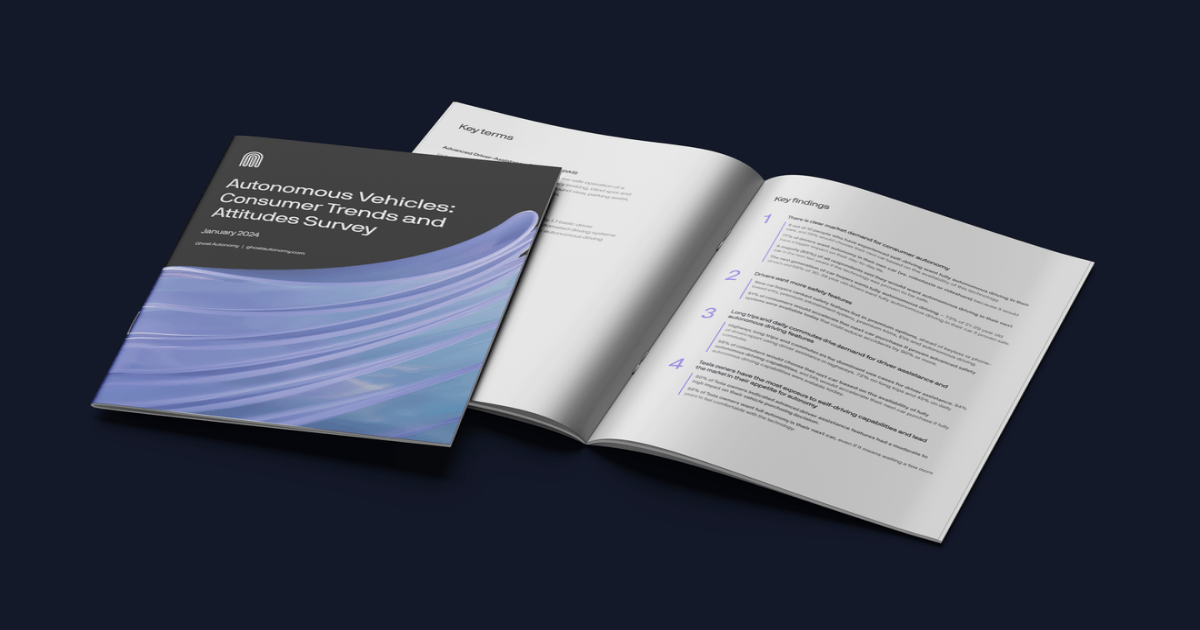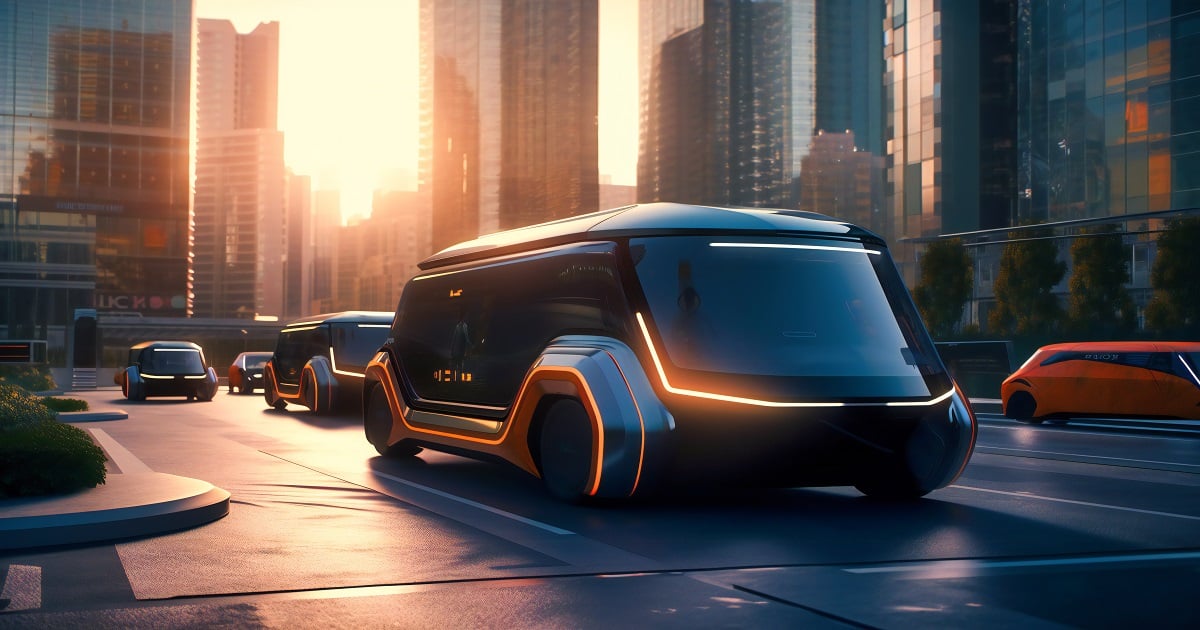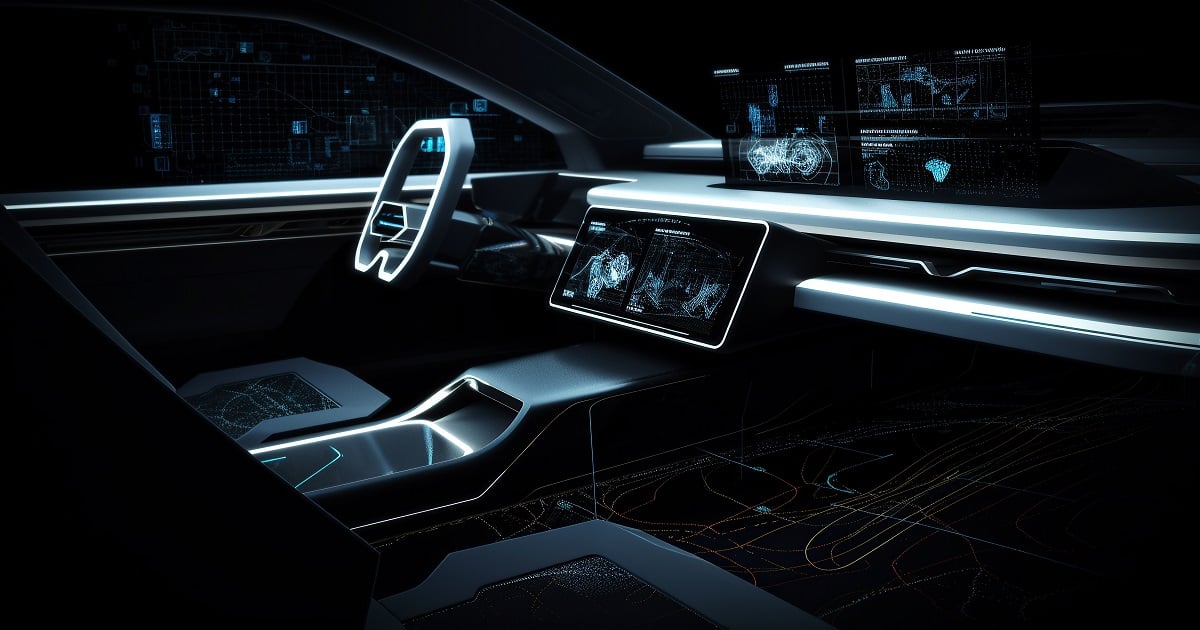
A multilayered question, to start us out:
When it comes to advanced driver-assistance systems (ADAS) and forthcoming autonomous driving features in vehicles, will consumers prefer self-driving capabilities in their own vehicles? Or will they prefer transportation via robotaxis?
Well, according to a recent survey, three in four prefer – and would actively seek – the former over the latter.
Let’s break this down.
In late 2022, Forbes published a great piece about this topic; Forbes contributor Sanjit Singh Dang, Ph.D. wrote that “the concept of robotaxis has been around for decades, with the first documented plans for self-driving taxis dating back to the 1960s. However, it wasn't until the 21st century that the technology and infrastructure necessary for the widespread deployment of robotaxis became a reality.”
“Some of the first practical experiments with these taxis,” Sanjit Singh Dang added, “began in the 1980s and 1990s, with several research groups testing prototypes on public roads. These early efforts were limited in scope and often faced significant technical challenges, but they paved the way for future advanced robotaxis technologies.”
Details about commercial scale, related advancements in sensors, computer vision and AI, and how these taxis can accurately navigate complex urban environments were also described in the Forbes piece; I recommend taking a peek here.
Suffice it to say, robotaxis do not represent some shiny, totally novel concept limited to the realm of sci-fi. It’s 2024, and the automotive industry at large is experiencing huge transformations as demands for ADAS and scalable autonomy vehicle software continue rising. That, as the saying goes, is all well and good.
Yet Ghost Autonomy, its teams dedicated to delivering safety and freedom consumer cars at scale, has been noticing a trend away from robotaxis and further toward self-driving systems in their own vehicles.
Why is that?
As mentioned, Ghost Autonomy has reported that roughly three in four consumers (77%) have expressed strong preferences for fully autonomous driving over hopping in a robotaxi, and a little over one in two consumers (52%) – this representing consumers who already have firsthand experience with self-driving vehicles – would be willing to expedite their next car purchase if full autonomy were available.
Ghost Autonomy’s survey, with insights gathered from over 1,200 participants, noted big jumps in drivers anticipating the positive impacts of self-driving technologies, especially as mandates for more robust safety features become realities. (e.g. blind spot monitoring, lane keeping assist, emergency swerve assist, etc.)
“Autonomous driving is clearly the next frontier for the automotive industry as it evolves to meet consumer demand,” said John Hayes, Ghost Autonomy’s CEO. “The findings from our “Autonomous Vehicles: Consumer Trends and Attitudes Survey” revealed that exposure to autonomous vehicles in the real world increases consumers’ inclination towards adopting it in their own cars, as opposed to being transported in a robotaxi with similar features in place. And as drivers consider integrating this technology into their daily lives, it makes sense that they want to better understand its reliability and safety. There is enormous opportunity in educating and exposing consumers to autonomous capabilities to connect ongoing advancements in autonomy to consumers’ propensities to buy.”
Additionally, Ghost Autonomy’s findings included:
- 65% of respondents said they would want autonomous driving in their car in the next 10 years if the technology was proven to be safe.
- 73% of drivers between the ages of 21-29 and 69% of drivers between the ages of 30-39 stated they’d want fully autonomous driving in their cars in the next five years.
- Almost two-thirds of drivers (65%) stated that ADAS features were a key criteria in their vehicle purchase, with 21% saying it was, quote, “the reason I bought my car.”
“Safety is paramount when considering how consumers plan to interact with autonomy,” Hayes added. “Motorists eagerly anticipate and are excited about investing in the potential advantages offered by autonomy. Ensuring transparent safety standards and practices stands as the pivotal pathway for these vehicles to become mainstream.”
Download the rest of what Ghost Autonomy gathered here.
Edited by
Greg Tavarez





